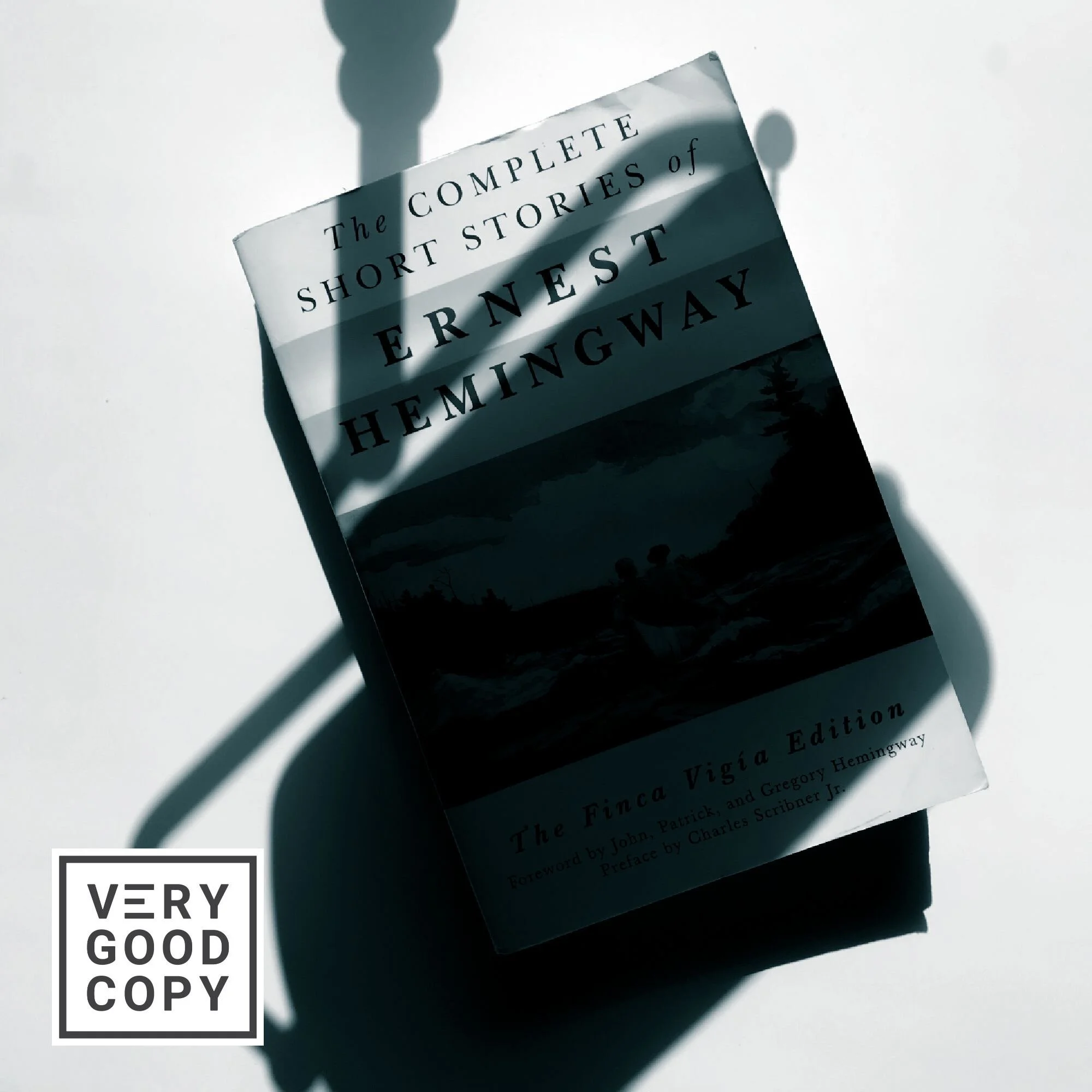“Smart” writing explains a complex topic simply, using plain language.
Smart writing is clear and concise. It’s easy for the eyes to follow, the mind to follow. It’s accessible and unpretentious, easy to consume and hard to create.
Smart writing is readable. Effortlessly readable.
And that begs the question: can a writer determine, objectively, if her work is readable?
Yes. There’s actually a formula for that:
The Flesch-Kincaid readability test
In 1975, J. Peter Kincaid developed a formula that uses word and sentence length, among other variables, to determine how difficult English prose is to understand. He called it the Flesch-Kincaid readability test.
Today, Google uses Flesch-Kincaid to gauge the quality of writing on every page that it indexes.
If you write, run your own work through the test with Hemingway App. It’s a tool that uses the Flesch-Kincaid formula to assign a “readability grade level” to any piece of writing. I think it’s great.
That said, while Hemingway App is useful, it can’t do the work for you. It can only point out flaws in your writing, like excessive adverbs or the passive voice or hard-to-read sentences.
It can’t make your writing more readable.
Only you can do that — and here are 4 best practices to get you started:
1. Eliminate long, run-on sentences, if necessary.
If a sentence is unnecessarily long, split it. Make it two sentences. Meandering writing is just too tough and annoying for modern readers who, according to some compelling research, are actually scanners.
If a long, punctuated sentence exists, it should be intentional. If it’s not, then it’s probably the product of haste or laziness or unclear thought — or all three.
2. Keep your paragraphs short.
Online, every paragraph should contain a single idea. Just one.
Single-idea paragraphs can be anywhere from one to four sentences long. This makes them visually digestible, scannable, which is exactly what modern readers want.
3. Put the action, or value, at the beginning of each sentence.
A compelling sentence doesn’t give the reader a chance to get distracted. The first words pull her in, locking up her attention.
Start sentences with a verb, if you can. Also, put qualifying phrases like, “According to…” or “If you can...” at the end or middle of a sentence… if you can, of course.
Hi ho, y’all.
4. Use active voice.
Active voice is when the subject of the sentence performs the action (e.g., “The writer published another book.”) Passive voice is when the subject receives the action (e.g., “Another book was published by the writer.”)
The sentiment is the same, but notice how the active voice sounds clearer, stronger, and more confident than the passive voice. It’s also more efficient, using fewer words.
People prefer to read the active voice because it’s easier to comprehend than the alternative. Use the active voice as much as possible. It’ll spare your reader’s brain.
Aim for a Flesch-Kincaid score of Grade 8 or lower.
For reference, this article scored a Grade 5:
So, in theory, a fifth grader can read and understand it on the first pass.
And that’s what makes it smart.
LEARN TO PERSUADE
WRITE BETTER.
MARKET BETTER.
SELL MORE.
Browse every Micro-Article, free:Browse every Micro-Interview, free:


![VeryGoodCopy [Logo] DARK.png](https://images.squarespace-cdn.com/content/v1/5615edeae4b0b9df5c3d6e90/1529128435685-AGTHB4RRP8ESB958B7FI/VeryGoodCopy+%5BLogo%5D+DARK.png)
!['Smart' writing, defined [VGC art].JPG](https://images.squarespace-cdn.com/content/v1/5615edeae4b0b9df5c3d6e90/1529129059616-IY9OAE1EE3LN6LN62540/%27Smart%27+writing%2C+defined+%5BVGC+art%5D.JPG)
![VeryGoodCopy [Logo] DARK.png](https://images.squarespace-cdn.com/content/v1/5615edeae4b0b9df5c3d6e90/1529132140104-QK1ESZWE0W4EZDS3OUYC/VeryGoodCopy+%5BLogo%5D+DARK.png)






























![VeryGoodCopy [Logo] DARK.png](https://images.squarespace-cdn.com/content/v1/5615edeae4b0b9df5c3d6e90/1529128794987-OA8R7VYITBBZ36VPXP8V/VeryGoodCopy+%5BLogo%5D+DARK.png)
![VeryGoodCopy [Small].png](https://images.squarespace-cdn.com/content/v1/5615edeae4b0b9df5c3d6e90/1597149782597-HCW0L4AWH7GO877VHPDR/VeryGoodCopy+%5BSmall%5D.png)
177 words